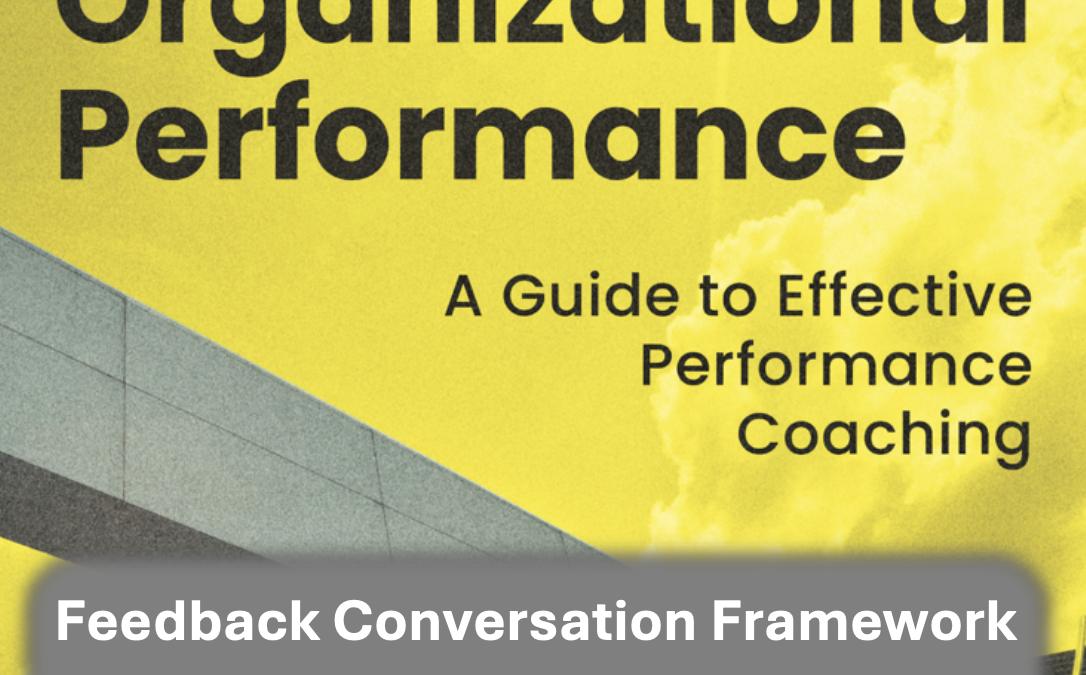The Science of High-Performing Teams: What Really Drives Success

What separates good teams from great ones? The answer might surprise you.
High-performing teams are the engine of organizational success. They innovate, adapt, and consistently deliver exceptional results. But for HR decision-makers and business leaders, the challenge isn’t identifying high-performing teams—it’s understanding what makes them thrive and replicating that success across the organization.
The answer lies at the intersection of psychology, culture, and leadership.
The Anatomy of a High-Performing Team
Research consistently shows that high-performing teams share these three critical traits:
- Psychological Safety
- What it is: A shared belief that team members can speak up without fear of judgment or retaliation.
- Why it matters: Teams with psychological safety innovate more because members are willing to take risks, admit mistakes, and contribute ideas freely.
- Clear Roles and Goals
- What it is: Clarity around individual responsibilities and shared objectives.
- Why it matters: Ambiguity leads to confusion, missed deadlines, and friction. Teams perform best when they know exactly what is expected of them and how their work contributes to broader goals.
- Trust and Accountability
- What it is: A culture where members trust one another to do their part and hold each other accountable when needed.
- Why it matters: Trust fosters collaboration, while accountability ensures consistent performance.
Why Some Teams Fall Short
Even with strong individual talent, teams can falter. Common reasons include:
- Poor communication: Misaligned expectations and assumptions can derail progress.
- Conflict avoidance: Suppressing disagreements can lead to unresolved tensions that harm team dynamics.
- Lack of development: Teams that don’t grow together stagnate, losing their competitive edge.
The key to overcoming these obstacles lies in proactive leadership and a coaching-driven approach.
The Role of Coaching in Team Success
Coaching isn’t just for individuals—it’s a powerful tool for building cohesive, high-performing teams. Here’s how:
- Foster Open Communication
- Coaching encourages team members to share their perspectives, listen actively, and address conflicts constructively.
- Practical tip: Use team retrospectives to discuss what’s working, what’s not, and how to improve.
- Align Goals and Values
- Coaches help teams align their objectives with organizational goals while ensuring individual contributions are valued.
- Practical tip: Create a shared purpose statement that defines the team’s mission and values.
- Develop Collective Resilience
- Coaching builds the skills teams need to navigate challenges together, from problem-solving to decision-making.
- Practical tip: Incorporate exercises like scenario planning to prepare for uncertainty.
The Business Case for High-Performing Teams
When teams operate at their best, the impact is measurable:
- Increased productivity: Teams achieve more in less time when everyone is aligned.
- Higher innovation: A collaborative culture sparks creativity and better solutions.
- Improved retention: Employees stay longer when they feel they’re part of a winning team.
Building Your Own High-Performing Teams
Creating high-performing teams isn’t about luck—it’s about intention. By investing in coaching, fostering psychological safety, and aligning goals, leaders can unlock the full potential of their teams.
As an HR or business leader, ask yourself:
- Does my organization prioritize team development as much as individual growth?
- What steps can I take today to create an environment where teams thrive?
Your Experience Matters
What strategies have you used to build high-performing teams in your organization? What challenges have you faced?


